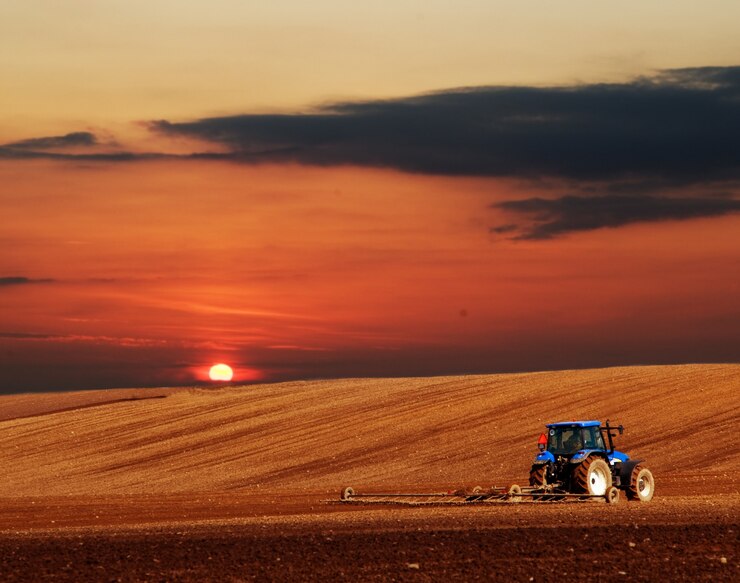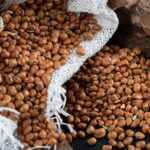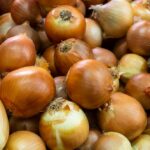Agricultural land is one of the most valuable assets a farmer can possess, and maximizing its potential is crucial for profitability and sustainability. The right equipment plays a pivotal role in achieving this goal, enabling you to enhance productivity, reduce waste, and maintain soil health. Here are key strategies to make the most of your agricultural land using the right tools and machinery.
1. Invest in Soil Preparation Tools
Healthy soil is the foundation of a productive farm. Proper soil preparation ensures optimal conditions for planting and growth. Consider investing in:
- Plows and Harrows: These tools break up compacted soil and prepare it for planting, improving aeration and water infiltration.
- Rotary Tillers: Ideal for mixing organic matter and leveling the soil for uniform planting.
- Soil Test Kits: While not machinery, these tools provide critical insights into soil nutrient levels, helping you apply the right amendments.
2. Use Precision Planting Equipment
Precision planting ensures that seeds are spaced and placed accurately, maximizing germination rates and yields. Some key tools include:
- Seed Drills: These machines plant seeds at the correct depth and spacing, ensuring even distribution.
- Planters with GPS Guidance: Advanced systems use GPS technology to avoid overlaps and gaps in planting, conserving seeds and optimizing land use.
3. Adopt Efficient Irrigation Systems
Water is a precious resource, and efficient irrigation systems ensure your crops receive adequate hydration without waste. Options to consider include:
- Drip Irrigation: Delivers water directly to the root zone, reducing evaporation and runoff.
- Pivot and Lateral Move Systems: Ideal for covering large areas uniformly with minimal labor.
- Smart Irrigation Controllers: These devices monitor weather conditions and soil moisture to adjust watering schedules automatically.
4. Utilize Crop-Specific Machinery
Different crops have unique requirements, and using specialized equipment can significantly boost productivity. Examples include:
- Combine Harvesters: Essential for efficiently harvesting grains like wheat, corn, and rice.
- Sugarcane Harvesters: Designed to cut, clean, and collect sugarcane in one operation.
- Vegetable Transplanters: Reduce manual labor while ensuring consistent spacing for crops like tomatoes and peppers.
5. Incorporate Livestock Management Tools
If your agricultural land includes livestock, proper equipment can enhance their productivity and welfare. Tools to consider include:
- Automatic Feeders: Ensure consistent nutrition delivery while reducing manual effort.
- Fencing Systems: Electric and portable fencing options help manage grazing areas efficiently.
- Manure Spreaders: Recycle waste into valuable fertilizer, enriching your soil.
6. Leverage Technology for Monitoring and Management
Modern technology allows for real-time monitoring and data-driven decision-making. Tools that can help include:
- Drones: Used for surveying fields, identifying pest infestations, and assessing crop health.
- Farm Management Software: Provides insights into yield performance, input usage, and financial tracking.
- Remote Sensors: Monitor soil moisture, temperature, and other critical parameters to optimize field conditions.
7. Maintain and Upgrade Your Equipment
Maximizing the utility of your equipment requires regular maintenance. Follow these practices:
- Routine Inspections: Check for wear and tear to avoid breakdowns during critical periods.
- Timely Repairs: Address issues promptly to prevent costly downtime.
- Periodic Upgrades: Replace outdated equipment with modern alternatives to keep up with evolving agricultural practices.
8. Adopt Sustainable Practices
Sustainability ensures the long-term productivity of your land. Tools that support sustainable practices include:
- Cover Crop Seeders: Plant cover crops to prevent erosion and improve soil health.
- No-Till Equipment: Minimize soil disturbance, preserving organic matter and reducing erosion.
- Compost Turners: Create high-quality compost from organic waste, enhancing soil fertility naturally.
Maximizing the potential of your agricultural land is not just about working harder—it’s about working smarter. By investing in the right equipment and leveraging modern technology, you can optimize productivity, conserve resources, and maintain the health of your land for generations to come. Evaluate your specific needs, prioritize quality tools, and embrace innovation to make the most of your agricultural land.







